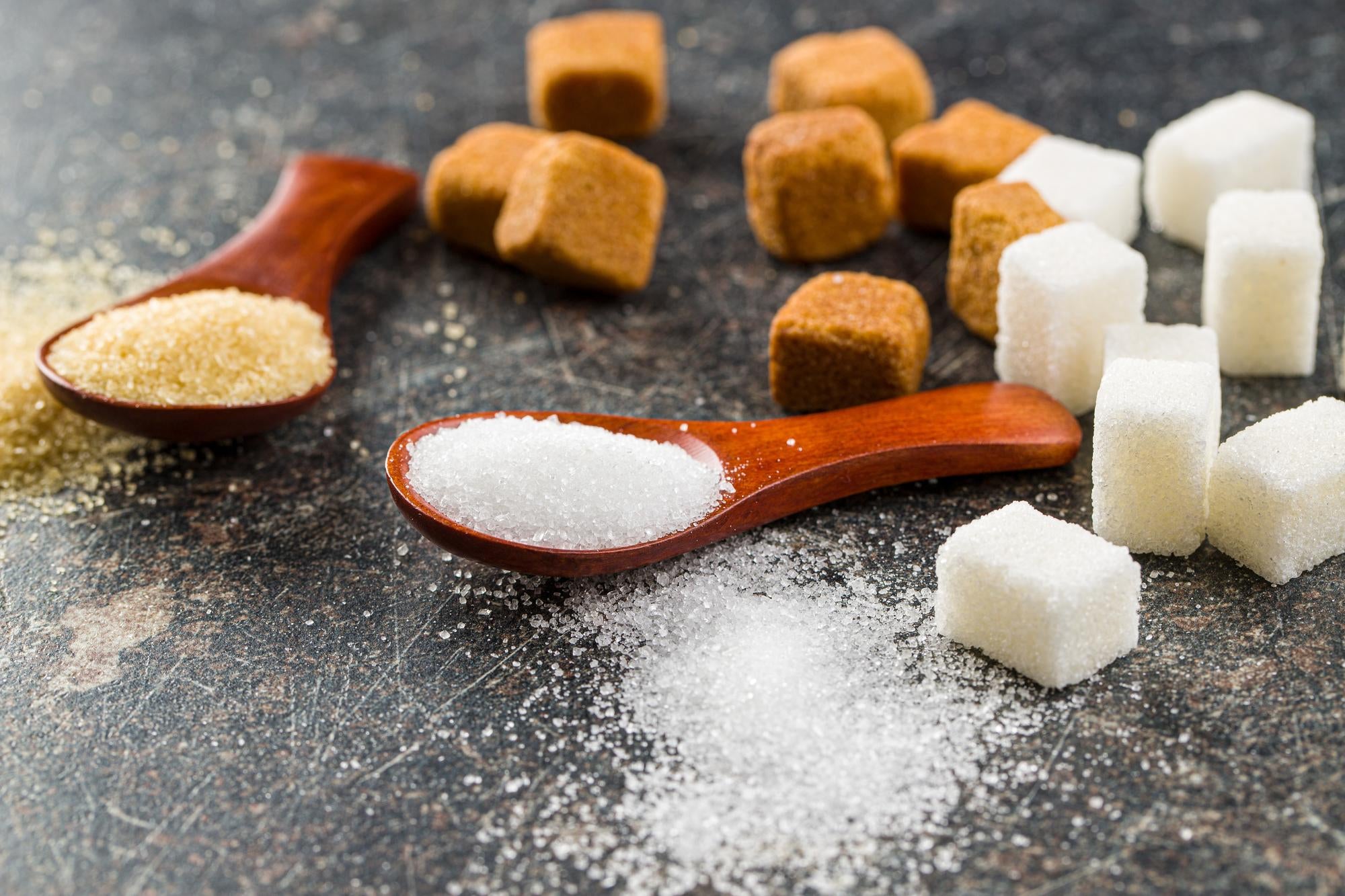The debate on beet sugar vs cane sugar often is about manufacturing processes and health aspects.
The debate on beet sugar vs cane sugar often is about manufacturing processes and health aspects.
Blog Article
Discover the Uses and Advantages of Beet Sugar Vs Cane Sugar in Your Daily Diet Regimen
Discovering the distinctive top qualities of beet and cane sugar exposes greater than just their sweetening capacities; it highlights their unique effect on health and wellness and cookeries. Beet sugar, understood for its subtle flavor, is commonly preferred in delicate treats, whereas cane sugar, with its hint of molasses, includes richness to durable meals. Each type holds its own dietary profile and glycemic implications, inviting a much deeper understanding of their duties in a balanced diet regimen and sustainable consumption techniques.
Origin and Production Processes of Beet and Cane Sugar

The unique climates and dirt types required for growing sugar beetroots and sugarcane add to differences in their cultivation techniques and geographical circulation, influencing the business economics and sustainability of their production. beet sugar vs cane sugar.
Nutritional Comparison In Between Beet Sugar and Cane Sugar
Regardless of stemming from different plants, beet sugar and cane sugar are nutritionally extremely similar, both mainly being composed of sucrose. Each provides concerning 4 calories per gram, translating to roughly 16 calories per teaspoon. Structurally, both sugars are composed of roughly 99.95% sucrose, with marginal quantities of various other substances like moisture and trace minerals, which do not significantly change their dietary profiles.
Eventually, when picking between beet sugar and cane sugar based upon nutritional material alone, both deal identical benefits and downsides as they are essentially forms of the same particle-- sucrose, providing fast energy without various other nutrients.
Influence On Health: Glycemic Index and Caloric Material
Discovering even more into the effects of beet sugar and cane sugar on wellness, it is necessary to consider their glycemic index and calorie web content. Both sugars are identified as sucrose, which consists of glucose and fructose. This make-up leads them to have a similar effect on blood sugar levels. The glycemic index (GI) of both beet and cane sugar is around 65, classifying them as high-GI foods, which can trigger fast spikes in blood try this glucose degrees. This is an essential aspect for individuals handling diabetic issues or those trying to maintain their energy levels throughout the day.
Each sort of sugar has about 4 calories per gram, making their calorie web content equivalent. For those monitoring caloric intake, especially when taking care of weight or metabolic health conditions, recognizing this equivalence is vital (beet sugar vs cane sugar). However, extreme intake of any kind of high-calorie, high-GI food can contribute to health problems such as obesity, heart problem, and insulin resistance.
Environmental and Economic Considerations of Sugar Production
Beyond health effects, the find out this here production of beet and cane sugar also increases substantial environmental and economic issues. Sugar beet cultivation often tends to call for cooler environments and has a lower geographical impact compared to sugar cane, which prospers in exotic areas. Both crops are extensive in terms of water usage and land line of work, possibly leading to logging and water deficiency. Financially, the global sugar market is highly unstable, affected by changes in worldwide profession policies and subsidies. Numerous countries incentivize sugar manufacturing via monetary support, skewing market value and influencing small farmers negatively.
Additionally, making use of chemicals and plant foods in both beet and cane sugar farming can cause soil destruction and contamination, further affecting biodiversity and neighborhood water bodies (beet sugar vs cane sugar). The selection between growing sugar beet or cane commonly pivots on local environmental conditions and economic variables, making the sustainability of sugar production a complicated issue
Culinary Applications and Flavor Differences
While the environmental and financial facets of sugar production are indeed considerable, the selection between beet and cane sugar also affects culinary applications and taste profiles. Beet sugar, derived from the sugar beet plant, is recognized for its incredibly neutral preference.
Walking stick sugar, drawn out from sugarcane, commonly preserves molasses traces, which give an unique splendor and depth. This minor molasses taste improves the intricacy of baked items, sauces, and marinades. It is particularly preferred in things where a sugar undertone is wanted, such as in brownies or gingerbread. Additionally, the mild variation in wetness content between beet and cane sugar can impact Related Site the appearance and consistency of meals, making cane sugar a favored choice for certain dishes that take advantage of its unique homes.

Final Thought
In final thought, both beet and cane sugar have distinct beginnings and manufacturing procedures, using similar nutritional accounts with minor differences in salt material and flavor. While their effect on health, particularly pertaining to glycemic index and calories, is comparable, the choice between them frequently steams down to ecological, economic variables, and details culinary needs. Recognizing these elements can direct customers in making educated decisions that straighten with their health and wellness objectives and flavor preferences.
Report this page